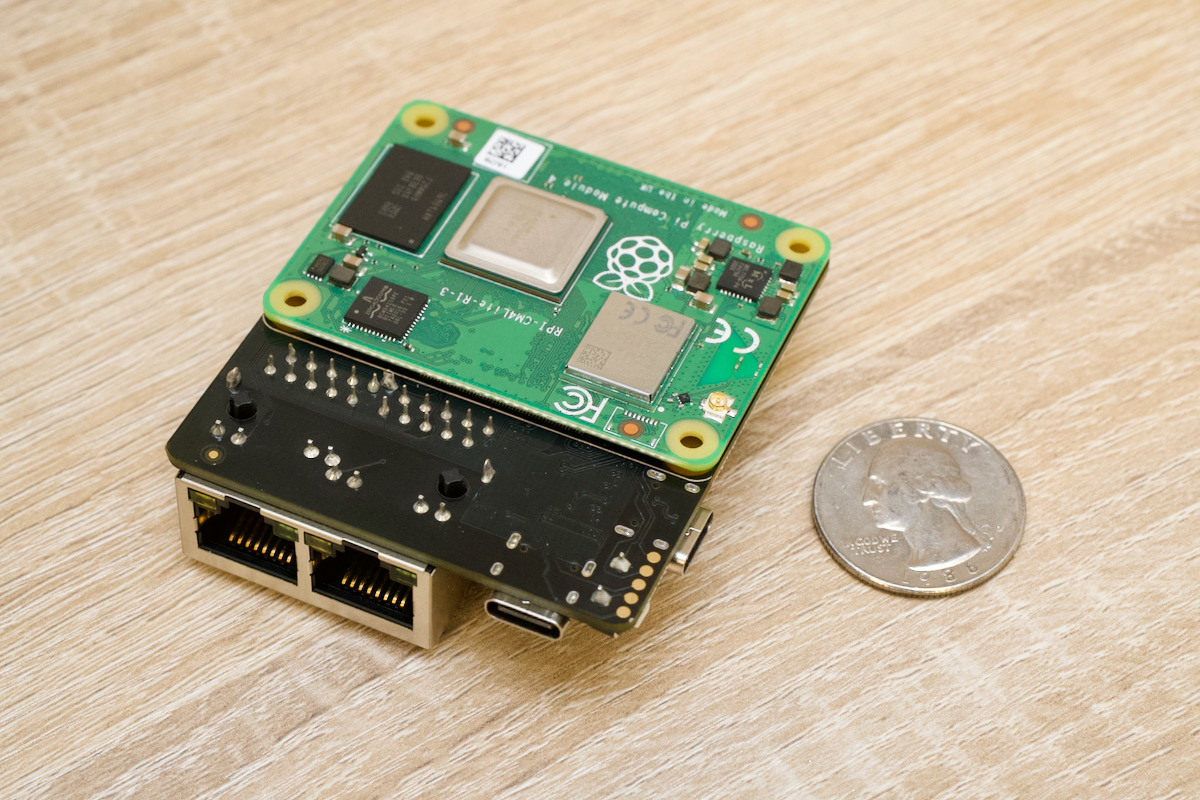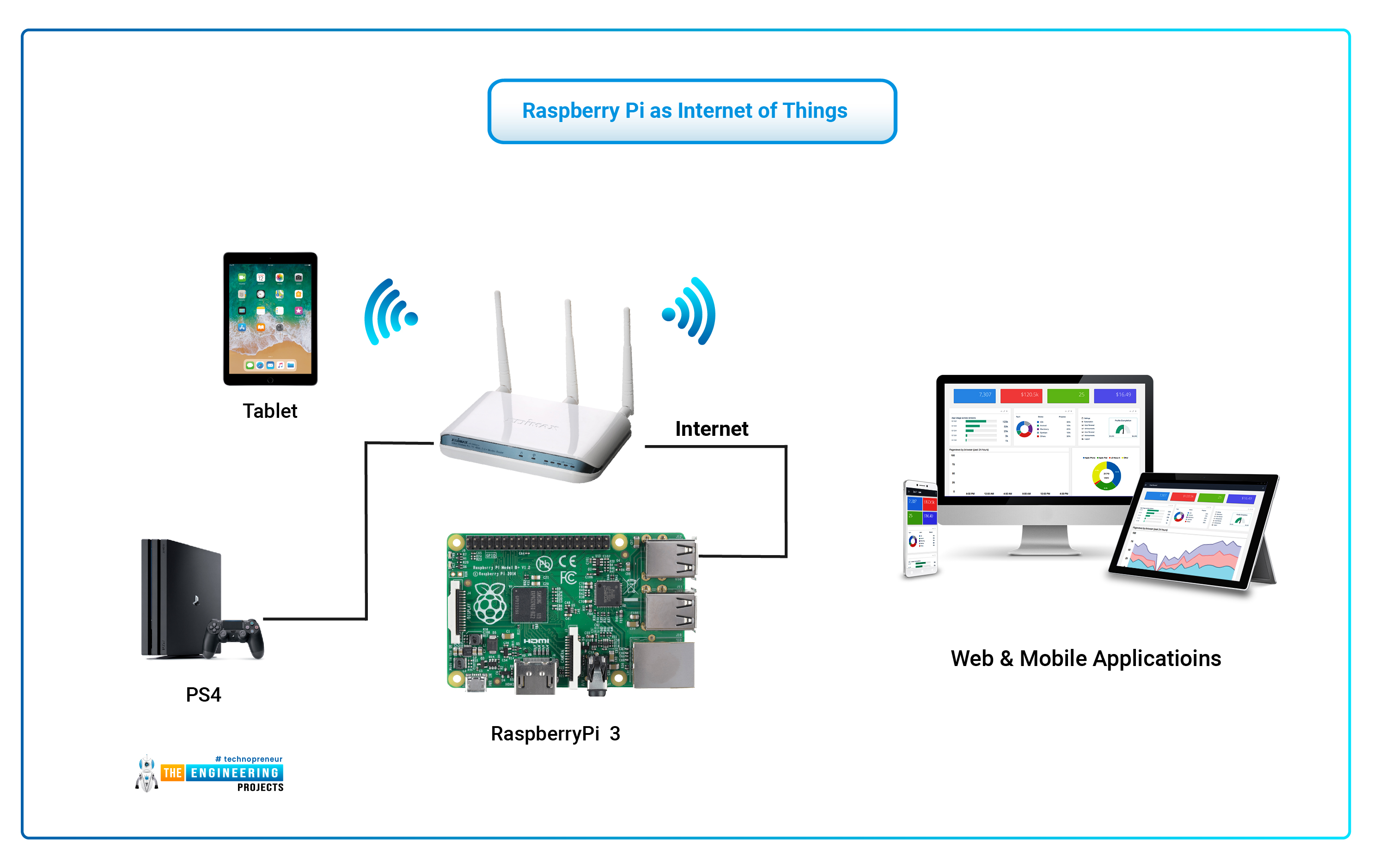Many folks want to check on their smart gadgets or tiny computers, like a Raspberry Pi, when they are not at home. This can be a bit tricky, especially when these devices are tucked away behind your home internet box, which is called a router. Getting your Raspberry Pi, perhaps running some smart home gear, to talk to you from far away is a common wish. It allows you to keep an eye on things, change settings, or gather information, all without being right there. This idea, called remote IoT, is quite useful for many projects, you know.
Your home router does a very important job. It acts like a guard for your private network, keeping outside internet traffic from directly reaching your devices. This is a good thing for safety, but it makes reaching your Raspberry Pi from somewhere else a bit of a puzzle. Think of it like trying to call someone inside a building when the building only has one main phone number for everyone, and no one knows which extension is for your friend. We will look at how to solve this puzzle, so you can connect to your Raspberry Pi, even when you are far away, as a matter of fact.
So, we are talking about how to make your small internet-connected things, like a Raspberry Pi doing some work, available from anywhere. This means you could, say, check your garden's moisture levels from your office or turn on a light in your house while you are on vacation. It is about making your little projects much more helpful and available, and that is very cool. We will talk about the ways to do this, and how to keep things safe, too.
Table of Contents
- Understanding the Router Barrier
- Ways to Reach Your Raspberry Pi Remotely
- Keeping Your Remote IoT Safe
- Frequently Asked Questions (FAQs)
Understanding the Router Barrier
When you set up a small device like a Raspberry Pi at home, it gets a special address that only works inside your home network. This address is private, kind of like an internal phone extension. Your router is the one piece of equipment that truly has a public address, one that the rest of the internet knows about. This setup is a basic way to keep your home network separate from the vast internet, which is usually a good thing for safety, you know.
What Your Router Does
Your router acts as a go-between for all your home devices and the internet. When you ask for a webpage, your router sends that request out and brings the information back. It also keeps a record of which device asked for what, so the right information goes to the right place. This system, called Network Address Translation, or NAT, helps many devices share one public internet address. It is a very common way things are set up in homes and small places, so it is almost everywhere.
This NAT system is a big reason why directly reaching your Raspberry Pi from outside your home is not straightforward. The router sees incoming requests from the internet but does not know which of your many private devices the request is meant for. It simply drops those requests, unless you tell it exactly what to do with them. So, in a way, it is doing its job of protecting you, but it also creates a small hurdle for remote access, that is what happens.
The Challenge of Private Addresses
Every device on your home network gets a private address, like 192.168.1.10. These addresses are not unique on the internet; many homes use the exact same range of private addresses. This means if you try to connect to 192.168.1.10 from outside your home, you will not reach your Raspberry Pi. You will likely just try to connect to a device on your own current network, which is probably not what you want. This is why we need special ways to get past the router, apparently.
The router keeps your internal network hidden from the outside world. It is a one-way street for incoming connections unless you specifically open a door. Imagine trying to deliver a letter to someone in an apartment building without knowing their apartment number. The building's main address is known, but the individual apartment is not directly reachable from the outside. This is the core problem we are trying to solve when we talk about remote IoT behind a router Raspberry Pi, just a little.
Ways to Reach Your Raspberry Pi Remotely
There are several ways to get your Raspberry Pi to talk to you from afar, each with its own good points and things to watch out for. Some ways are simpler but might have more safety risks, while others are more secure but need a bit more setup. We will go over the most common ways people connect to their remote IoT projects, so you can pick what works best for your situation, you know.
Method 1: Port Forwarding – A Direct Path
Port forwarding is like telling your router, "Hey, if someone from the internet tries to connect on this specific number, send them directly to this device on my home network." You pick a "port" number, which is a kind of digital doorway, and tell the router to send any traffic coming in on that port to your Raspberry Pi's private address and a specific port on the Pi itself. This creates a direct line from the internet to your device. It is a very common way people first try to get remote access, and it is fairly simple to set up on most home routers, in a way.
For example, if your Raspberry Pi runs a web server on port 80, you could tell your router to forward incoming requests on public port 80 to your Pi's private IP address on its port 80. This makes your Pi's web server reachable from anywhere. While it sounds easy, this method opens a direct hole in your router's defenses. If you use port forwarding, it is very important to make sure your Raspberry Pi is very secure. Any service you expose to the internet this way could be a target for bad actors, so be careful, really.
You need to know your router's admin login, and then you look for settings like "Port Forwarding" or "Virtual Servers." You will enter the public port number, your Raspberry Pi's private IP address, and the internal port number your Pi uses. Remember, the public port can be different from the internal one. For instance, you could forward public port 8080 to internal port 80 on your Pi. This helps a little bit with hiding what service is running, but it is not true security, to be honest.
Method 2: Virtual Private Networks (VPNs) – A Secure Tunnel
Setting up a VPN server on your home network, perhaps even on your Raspberry Pi itself, is a much safer way to get remote access. A VPN creates a secure, encrypted tunnel between your remote device (like your laptop) and your home network. Once connected through the VPN, your remote device acts as if it is physically inside your home network. This means you can then reach your Raspberry Pi using its private IP address, just like you would if you were sitting at home. It is a very good option for security, actually.
This method means you do not have to open any direct ports on your router to the internet for your Raspberry Pi. Only the VPN server's port needs to be open, and VPN connections are usually very well protected with strong encryption. There are many open-source VPN solutions you can run on a Raspberry Pi, like OpenVPN or WireGuard. Setting these up takes a bit more technical know-how than simple port forwarding, but the added safety is usually worth the extra effort, you know.
With a VPN, all your traffic to and from your home network is scrambled, making it very hard for anyone to snoop on your connection. This is especially good if your remote IoT device handles sensitive information or controls important things. It is like having a secret, well-guarded passage into your home network, rather than just leaving a door open for anyone to find. This approach is highly recommended for anyone serious about remote access safety, you see.
This works because outgoing connections are usually allowed by routers without any special setup. Your Raspberry Pi connects to a server with a public IP address, and this connection stays open. Then, when you want to reach your Pi, you connect to that public server, and it forwards your connection through the open tunnel back to your Pi. This is very useful if you do not have control over your router settings, like if you are using someone else's Wi-Fi, for instance. It is a bit more involved to set up than simple port forwarding, but it offers a good balance of ease and security, you know.
You would need a small, inexpensive cloud server somewhere that has a public IP address. Your Raspberry Pi would run a command to create the SSH tunnel to this server. Then, from your laptop, you would SSH into that public server, and from there, you could access your Pi through the tunnel. This means the Pi initiates the connection, making it much simpler to get through the router's defenses. It is a common technique for developers and hobbyists who need flexible remote access without messing with router configurations, that is for sure.
Keeping Your Remote IoT Safe
No matter which method you pick for connecting to your remote IoT behind router Raspberry Pi, safety should always be a top concern. Opening up any device to the internet carries risks. Taking steps to protect your Raspberry Pi and your home network is very important to stop unwanted access or problems. We will look at some basic but very important safety measures you should always use, you know.
Strong Passwords and SSH Keys
This is a fundamental step. Always change the default password on your Raspberry Pi. Use a very long, complex password that mixes letters, numbers, and symbols. Even better, consider using SSH keys for logging in. SSH keys are much more secure than passwords. They involve a pair of digital keys: one public key that sits on your Raspberry Pi, and one private key that stays on your computer. You use the private key to prove who you are when you connect, and it is nearly impossible for someone to guess. This is a very effective way to keep your Pi safe from brute-force attacks, so it is a must-do.
If you are using SSH, you should also think about turning off password logins entirely once you have SSH keys set up and working. This makes it so only someone with your specific private key can get into your Pi. It is a bit like having a special, unique key for your house that no one can copy easily. This adds a very strong layer of protection to your remote IoT device, and it is not too hard to set up, really.
Regular Updates
Software has flaws, and people who want to cause trouble often look for these flaws. Software makers release updates to fix these issues. Keeping your Raspberry Pi's operating system and all its software up to date is very important. This means running commands like `sudo apt update` and `sudo apt upgrade` often. These updates patch security holes and make your system more stable. A system that is not updated is like a house with unlocked windows; it is just waiting for trouble, you know.
Set a reminder to update your Pi regularly, perhaps once a month or whenever you hear about new security notices for Raspberry Pi OS. This simple habit can stop many common attacks that rely on known software weaknesses. It is a small effort for a big gain in safety, and it keeps your remote IoT running smoothly, too.
Firewall Rules
Even if you are using port forwarding, you can add another layer of safety by setting up a firewall on your Raspberry Pi itself. A firewall, like UFW (Uncomplicated Firewall) on Linux, lets you control which types of connections are allowed to your Pi and from where. For example, you could set up a rule to only allow SSH connections from a specific IP address that you know is yours. This means even if someone finds your open port, they still cannot get in unless they are coming from a trusted location. This adds a very good filter for incoming traffic, apparently.
You can also limit access to specific services. If your Pi only needs to run a web server, you can tell the firewall to only allow web traffic and block everything else. This reduces the "attack surface," meaning there are fewer ways for someone to try to break in. It is a very smart way to make your remote IoT setup more secure, and it is fairly straightforward to set up, you know.
Limiting Access
When setting up services on your Raspberry Pi for remote access, try to give them only the permissions they truly need. Do not run services as the "root" user unless it is absolutely necessary. Create separate, less powerful user accounts for different applications. If a service is somehow compromised, it will have less ability to cause widespread damage to your system if it is running with limited permissions. This is a basic safety idea called "least privilege," and it is very effective, you see.
Also, if you are using services like SSH, consider changing the default SSH port (port 22) to a different, less common one. While this does not stop a determined attacker, it can help avoid automated scans that look for common ports. It is a small step that can reduce the noise from random internet scans, which is a bit helpful, really.
Frequently Asked Questions (FAQs)
Many people have similar questions about setting up remote IoT behind a router Raspberry Pi. Here are some common ones that come up, you know.
Can I access my Raspberry Pi from anywhere without port forwarding?
Yes, you certainly can. Methods like setting up a VPN server on your home network, using reverse SSH tunneling to a public server, or connecting your Raspberry Pi to a cloud IoT service all let you reach your device without opening specific ports directly on your router. These ways are often safer than just using port forwarding, so they are often preferred, you see.
Is it safe to use my Raspberry Pi for remote access?
It can be safe, but you need to take very strong safety steps. Always use strong, unique passwords, or even better, SSH keys. Keep your Raspberry Pi's software updated regularly to fix any known weaknesses. Set up a firewall on the Pi itself to control what traffic gets in. Also, pick the most secure remote access method that fits your needs, like a VPN, which encrypts your connection. Doing these things makes it much safer, you know.
What is the easiest way to get my Raspberry Pi online remotely?
For many, using a cloud IoT service is the simplest way to get a Raspberry Pi online remotely. These services are made to handle the connections and safety for you. Your Pi just needs to make an outgoing connection to the cloud service, which your router usually allows without any special setup. This means less work for you on your home network settings. It is a very user-friendly option for getting started, honestly.
Learn more about Raspberry Pi projects on our site, and link to this page for more IoT security advice.



Detail Author:
- Name : Miss Marielle Berge V
- Username : botsford.vella
- Email : kwolff@dietrich.com
- Birthdate : 2006-04-28
- Address : 65404 Palma Road Suite 146 Gorczanyberg, MO 55961
- Phone : (712) 888-2933
- Company : Witting Group
- Job : Soil Scientist OR Plant Scientist
- Bio : Ducimus nostrum quisquam consequuntur esse ullam dignissimos consequatur id. Rem non delectus et minima. Dignissimos ducimus voluptatum quas animi nam.
Socials
twitter:
- url : https://twitter.com/madaline_mccullough
- username : madaline_mccullough
- bio : Alias molestiae deserunt ullam cumque vero quis natus laboriosam. Voluptates impedit occaecati molestias vero et ex perferendis. In quia recusandae libero.
- followers : 2132
- following : 1074
tiktok:
- url : https://tiktok.com/@madaline_mccullough
- username : madaline_mccullough
- bio : Sed nulla cupiditate culpa architecto magnam et quae animi.
- followers : 1013
- following : 2932
linkedin:
- url : https://linkedin.com/in/madaline_real
- username : madaline_real
- bio : Quia quos maiores magnam dolores est.
- followers : 6686
- following : 2182
instagram:
- url : https://instagram.com/madaline.mccullough
- username : madaline.mccullough
- bio : Quo qui illum hic numquam rerum. Debitis error impedit deleniti totam quaerat non.
- followers : 630
- following : 2570
facebook:
- url : https://facebook.com/madaline_id
- username : madaline_id
- bio : Ad tempora culpa repellat. Amet rem tenetur unde tempora ut.
- followers : 6072
- following : 336